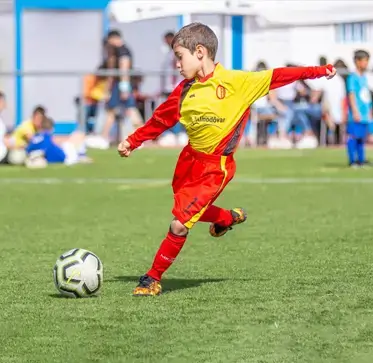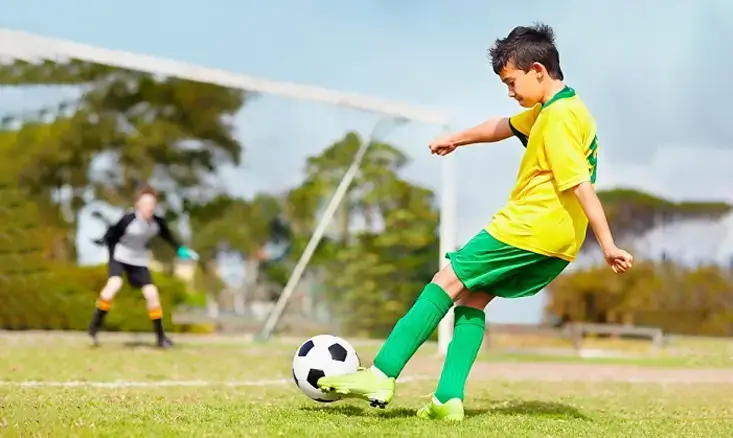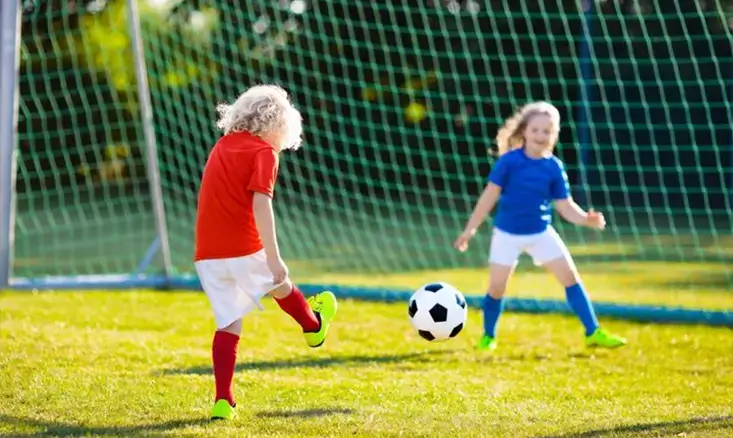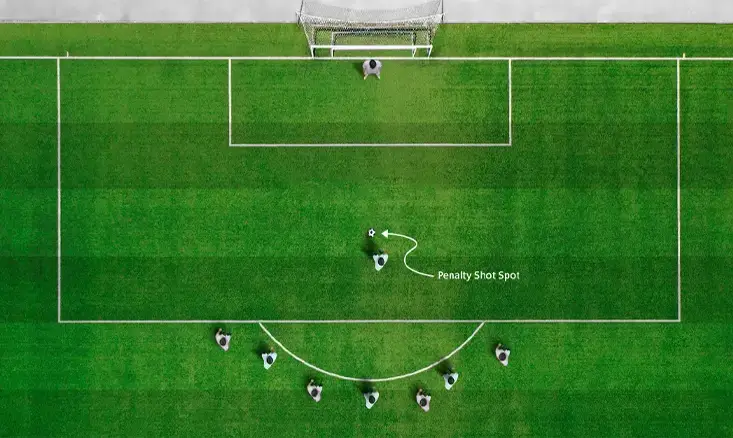Youth Soccer Penalty Kick Rules: Everything You Need to Know

CRFC BLOGS
LATEST BLOGS & NEWSLETTERS
Youth Soccer Penalty Kick Rules: Everything You Need to Know
In soccer, penalty kicks are one of the game’s most exciting and nerve-wracking parts. Understanding the Youth Soccer penalty kick rules is important whether you’re a player, coach, or parent. These rules can differ slightly depending on the age group, but their purpose remains the same: they ensure the game’s fairness.
Penalty kicks often decide the outcome of important matches. This guide will walk you through the basic rules, recent changes, what happens during penalty shootouts, and special rules for goalkeepers.
What is a Penalty Kick in Youth Soccer?
A penalty kick in youth soccer is awarded when a player on the defending team commits a foul inside their penalty area. The penalty area is the large box that surrounds the goal. When a penalty is awarded, one player from the attacking team gets to take a shot from the penalty spot, which is about 12 yards (10 yards in younger leagues) from the goal.
The only player allowed to defend against the penalty kick is the goalkeeper. No other players can enter the penalty area until the ball has been kicked. This creates a one-on-one situation between the shooter and the goalkeeper, which is why penalty kicks are so exciting!
If the ball goes into the net, it’s a goal. But if the goalkeeper saves it or the ball hits the post and bounces out, play continues as normal.
Recent Changes to Youth Soccer Penalty Kick Rules
Some youth soccer penalty kick rule changes have occurred in recent years. These changes help make the game more accessible to younger players and ensure fair play.
- One of the biggest changes is the distance from the penalty spot for younger players. In many youth leagues, the penalty spot is moved closer to the goal for age groups under 10. Instead of the standard 12-yard distance, they take their penalties from 10 yards out. This makes it easier for younger players to score and makes the game more enjoyable.
- Another important change involves the rules for Youth Soccer penalty shootouts. In some leagues, especially at younger age levels, shootouts are used instead of overtime to decide a game that’s tied at the end of regular time.
These changes have made youth soccer more enjoyable for everyone involved.

Penalty Shootouts in Youth Soccer
Overview of Penalty Shootouts in Youth Soccer
In youth soccer, if a match ends in a tie and it’s a knockout game (like in a tournament), the game may go to a penalty shootout. This is different from a single penalty kick, as both teams will take turns shooting from the penalty spot.
Each team gets five shots. The team that scores the most goals after those five shots wins the game.
Youth Soccer Overtime Penalty Kick Rules
Sometimes, a game will go into overtime before a shootout. Youth Soccer overtime penalty kick rules are straightforward: if the game is still tied after overtime, the teams will go directly to a penalty shootout to decide the winner.
High School Youth Soccer Penalty Kick Rules
At the high school youth soccer level, the rules for penalty kicks and shootouts are slightly stricter than at younger age levels. High school players are expected to follow all standard Youth Soccer penalty kick rules, including the distance from the goal and the behavior of the goalkeeper. These matches can be intense, as the pressure of a penalty kick is high in a competitive setting.

Penalty Shootout Rules: Youth Soccer Goalkeeper Regulations
Goalkeepers have a unique role in penalty kicks and shootouts. The penalty shootout rules for Youth soccer goalkeepers are very specific. They must follow these rules carefully to avoid giving the other team an advantage.
Goalkeeper Rules During Penalty Kicks and Shootouts
The most important rule for goalkeepers is that they must stay on the goal line until the ball is kicked. They cannot move forward off the line to close the angle for the shooter. However, they can jump from side to side, as long as they remain on the line. If the goalkeeper moves forward before the ball is kicked, the referee may order the penalty to be retaken. This rule is in place to give both the shooter and the goalkeeper a fair chance during the penalty kick.
Youth Soccer Penalty Shootout Rules: Goalkeeper Movements and Restrictions
During a penalty shootout, the goalkeeper can’t distract the shooter. This includes making gestures, yelling, or moving excessively on the line. These actions could result in a retake if the referee believes the goalkeeper broke the rules. The goalkeeper must focus on reacting to the ball, rather than trying to predict the shooter’s movements too early.

Conclusion
Penalty kicks and shootouts are exciting moments in youth soccer that often decide the outcome of a game. Understanding the Youth soccer penalty kick rules is essential for players, coaches, and parents alike. Remember, penalty kicks are about skill and focus. Whether you’re the shooter or the goalkeeper, staying calm and following the rules of Charlotte Rise FC Summer Soccer Camps is the key to success!
FAQs
What is a penalty kick in youth soccer?
A penalty kick in youth soccer is awarded when a defending player commits a foul inside their penalty area. The attacking team gets one shot from the penalty spot, with only the goalkeeper defending.
What happens if the goalkeeper moves off the line too early?
If the goalkeeper moves off the line before the ball is kicked, the penalty may be retaken.
How do penalty shootouts work in youth soccer?
In a penalty shootout, each team takes five shots. If it’s still tied after five rounds, the shootout goes to sudden death, where each team takes one shot until a winner is decided.
Can the kicker score again if the goalkeeper saves the penalty?
Yes, if the goalkeeper saves the penalty and the ball stays in play, the kicker or any other player can attempt to score from the rebound. The game continues as usual, and all players can go after the ball.
What happens if the match is still tied after a penalty shootout?
If the match remains tied after each team has taken five penalty shots, the game goes into a sudden-death shootout. Each team takes one additional shot until one team scores and the other misses, deciding the winner.

Did you find this useful?


